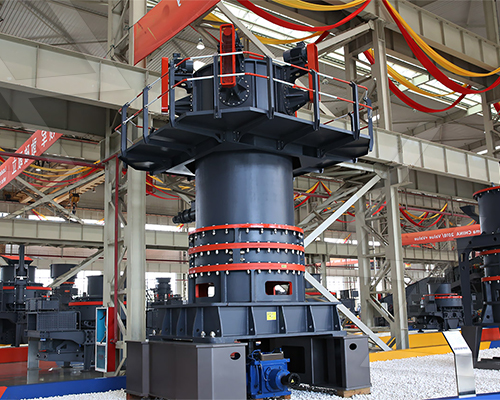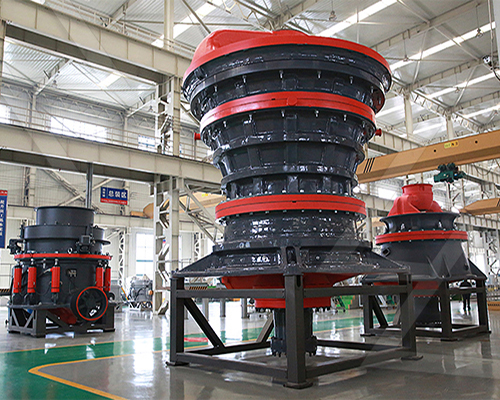A pendulum vibrating feeder is a specialized type of feeding equipment that combines the principles of a pendulum mechanism with vibration to transport bulk materials efficiently. It’s commonly used in industries like mining, metallurgy, building materials, and chemicals for controlled feeding of granular or powdered materials.
Key Features & Working Principle:
1. Pendulum Mechanism:
– The feeder uses a pendulum-like suspension system (often with linkages or springs) to create an oscillating motion.
– This allows for smooth, reciprocating movement, reducing wear and energy consumption compared to pure vibratory feeders.
2. Vibration Generation:
– An electromagnetic or motor-driven exciter generates controlled vibrations.
– The combination of pendulum swing and vibration ensures stable material flow without clogging.
3. Material Flow Control:
– Adjustable amplitude and frequency regulate feed rate.
– Suitable for fragile or abrasive materials due to gentle handling.
Advantages:
– Low Power Consumption: Pendulum action reduces energy use vs. traditional vibratory feeders.
– Minimal Wear & Maintenance: Smooth motion decreases component stress.
– Precise Feeding: Ideal for batch processing or continuous feeding systems.
– Quiet Operation: Less noise than pure vibratory feeders.
 Applications:
Applications:
– Feeding crushers, screens, or conveyors in mining/aggregates.
– Metering materials in cement or chemical production.
– Handling fragile materials like glass cullet or food products (with appropriate design).
Comparison with Other Feeders:
| Feature | Pendulum Vibrating Feeder | Traditional Vibratory Feeder | Belt Feeder |
|——————|————————–|—————————–|————-|
| Energy Efficiency | High (pendulum assist) | Moderate | Low |
| Wear Resistance | High | Moderate | Low |
| Feed Control | Precise | Precise | Less precise|
| Noise Level | Low | Moderate-High | Low |
 Selection Considerations:
Selection Considerations:
– Material Type: Works best with free-flowing granules; sticky materials may require additional vibratory force.
– Capacity Needs: Choose based on required throughput (typically 10–500 TPH).
– Environment: Dust-proof or explosion-proof designs may be needed for hazardous areas.
Would you like details on specific manufacturers or installation tips?





Leave a Reply